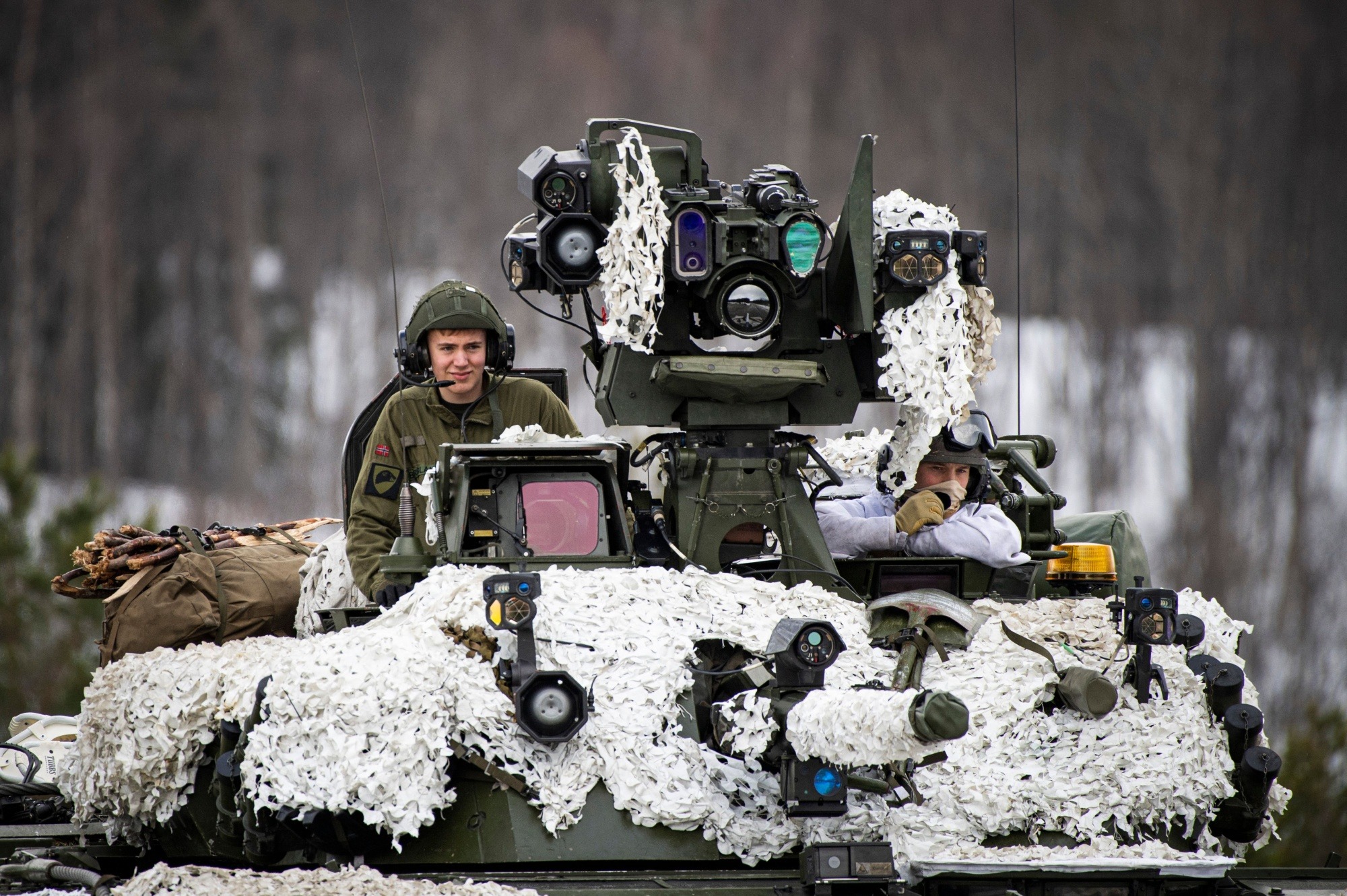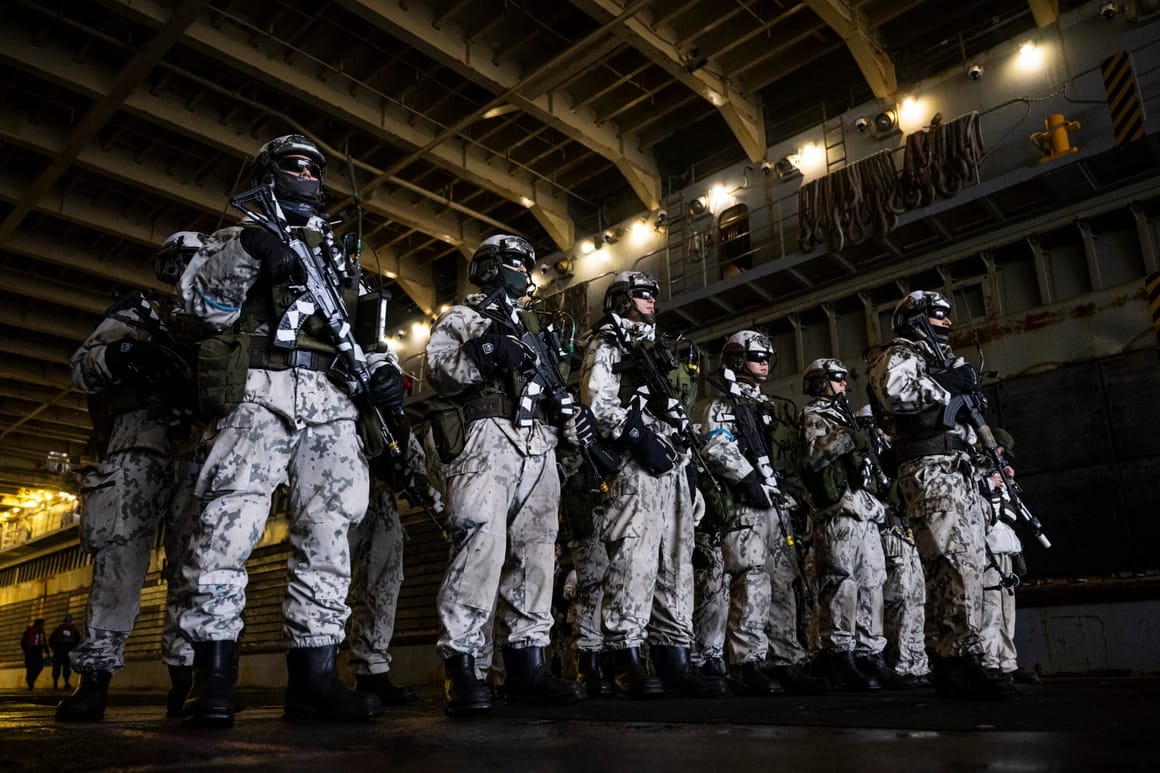Last week, Norway presented an outstanding long-term defense plan proposing to double its defense budget over the next decade. This development follows Norway’s commitment to meet NATO’s defense spending target of 2% of GDP by 2024—two years ahead of schedule.
The ambitious new proposal sets a goal to increase spending to 2.7% of GDP by 2030, with plans to invest in advanced military equipment such as Lockheed Martin’s F-35 Joint Strike Fighter and Boeing’s P-8 maritime patrol aircraft.
This increase in defense spending reflects a broader trend among NATO members, particularly in response to heightened security concerns following Russian aggression in Ukraine. In 2023, two-thirds of NATO’s members are expected to meet or exceed the 2% GDP benchmark for defense spending.

This marks an important shift from a decade ago when only three NATO members met this goal. The ongoing military conflict in Ukraine has undoubtedly catalyzed this shift, prompting NATO countries, especially those bordering Russia, to reassess and reinforce their defense capabilities.
Germany, which has historically been critiqued for underinvestment in defense, has also reached the 2% threshold. This change in defense spending patterns across NATO countries is a testament to the alliance’s renewed commitment to collective security and deterrence.
The focus on defense investment is not just about meeting financial benchmarks but also about enhancing operational capabilities. Nearly every NATO member now spends at least 20% of their defense budget on acquiring new equipment, signifying a shift towards modernizing and strengthening military assets.

This turnaround in NATO’s defense investment strategy could seriously alter perceptions of the alliance’s readiness and resolve. As NATO members continue to bolster their defense spending and capabilities, the alliance strengthens its position to address and deter threats, particularly from aggressive actors like Russia.
The narrative of increased defense spending among NATO members underscores the alliance’s adaptability and unified response to emerging global security challenges.
It also highlights the strategic shifts that member countries are willing to make in pursuit of greater security and stability in the region. As this trend continues, it will likely influence global defense dynamics and NATO’s strategic positioning on the world stage.


